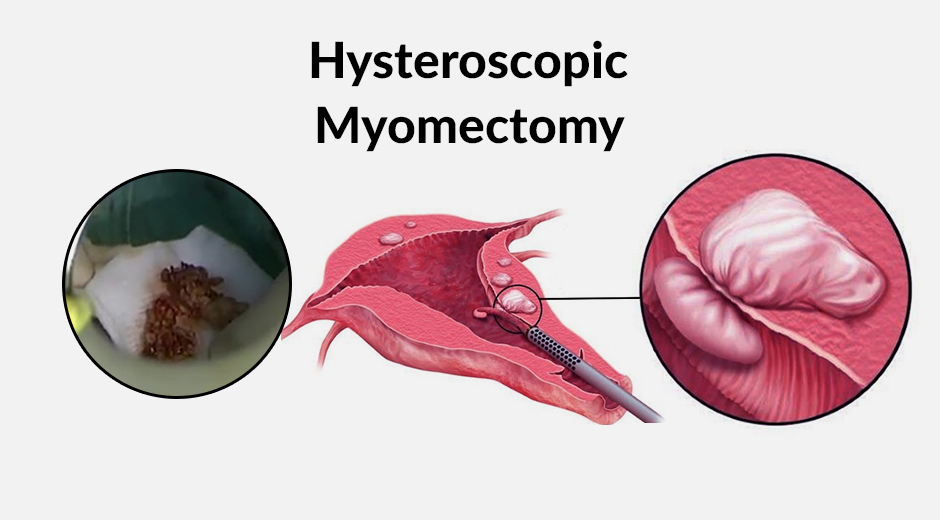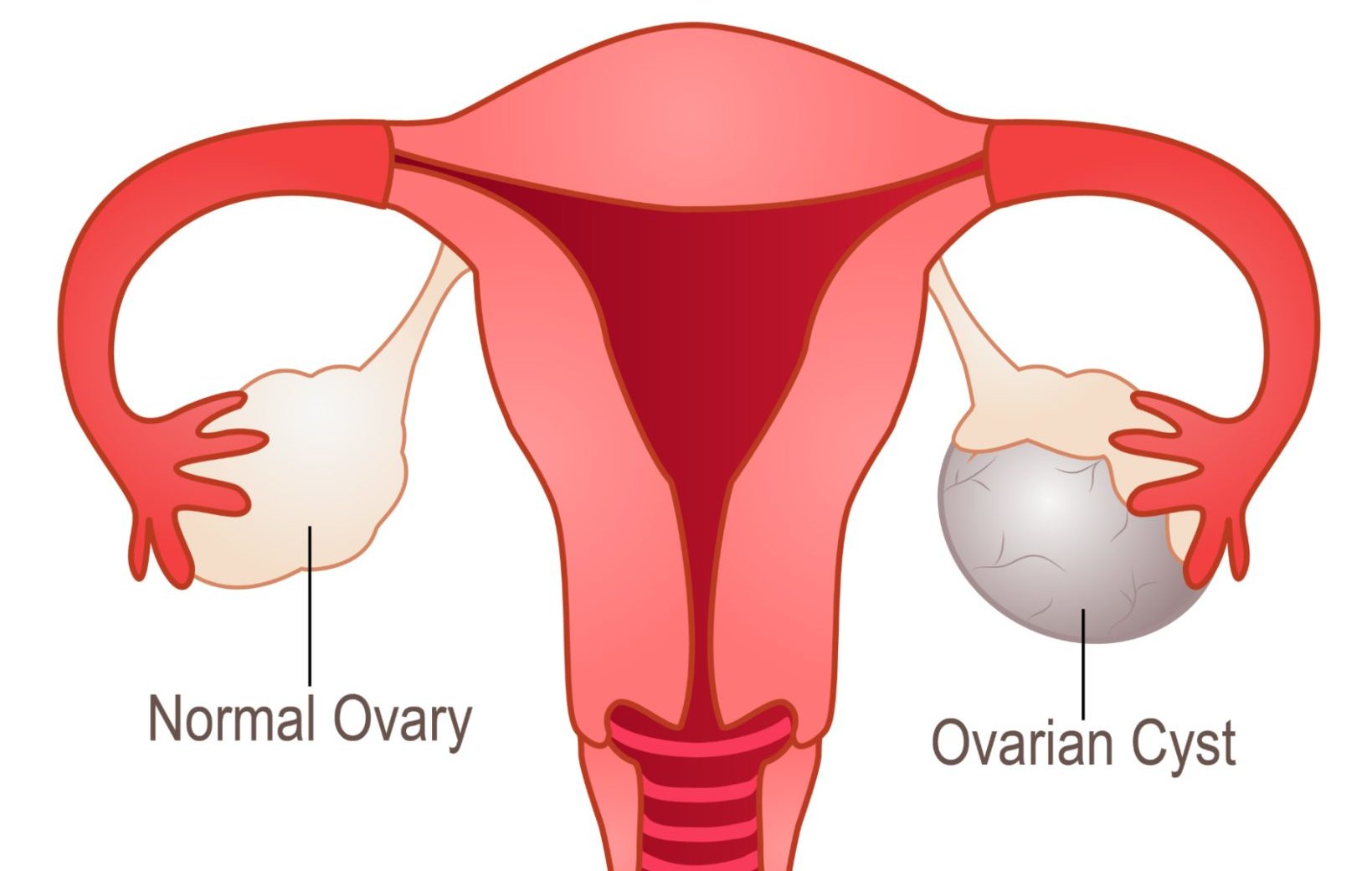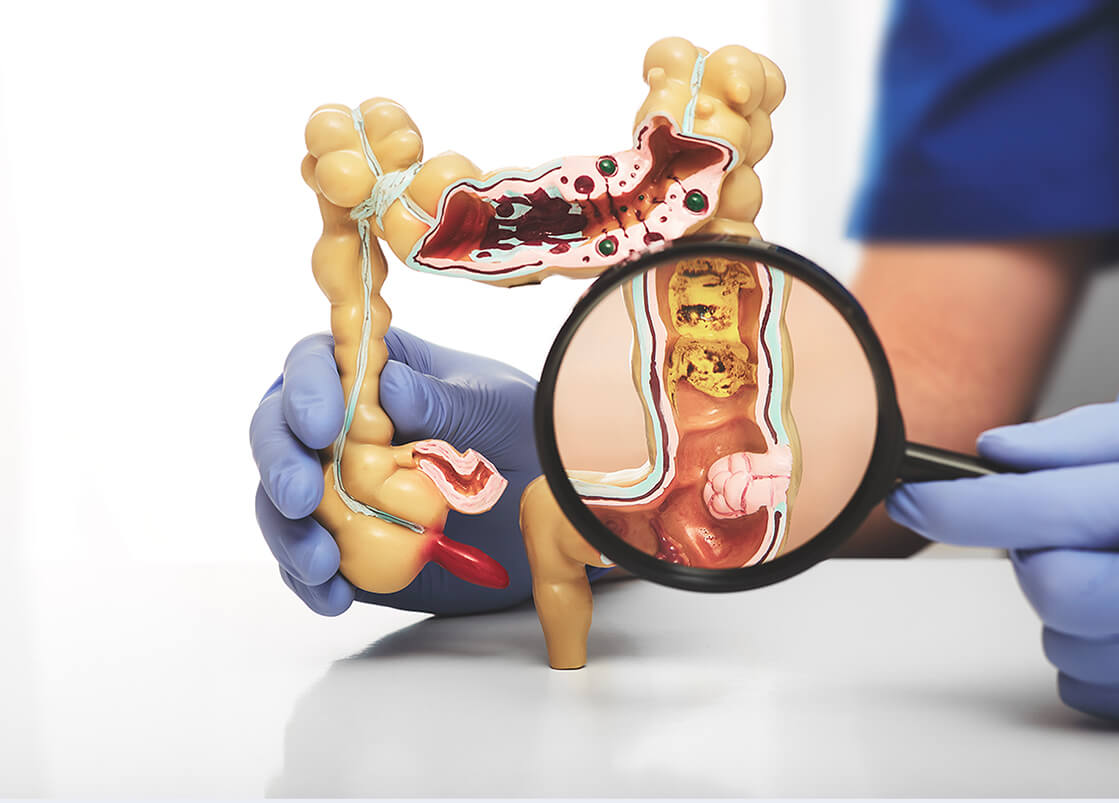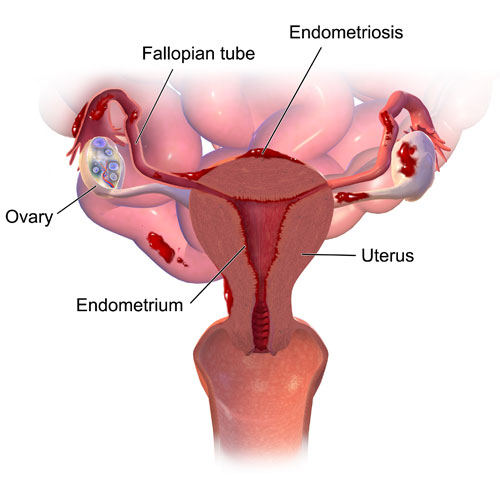Hysteroscopic myoma resection is performed to alleviate or address various symptoms and issues associated with uterine fibroids (myomas). These symptoms and reasons include:
- Heavy Menstrual Bleeding: Uterine fibroids can cause heavy and prolonged menstrual bleeding (menorrhagia), leading to anemia and significant discomfort.
- Pelvic Pain: Fibroids may result in pelvic pain or discomfort, particularly during menstruation or sexual intercourse.
- Fertility Issues: For women who are experiencing fertility problems due to fibroids blocking the uterine cavity, hysteroscopic myoma resection can improve the chances of conception.
- Recurrent Miscarriages: In cases where recurrent miscarriages are attributed to fibroids inside the uterine cavity, their removal can enhance the likelihood of a successful pregnancy.
- Pelvic Pressure: Large or multiple fibroids can exert pressure on the bladder or rectum, causing urinary or bowel symptoms.
- Uterine Distortion: Fibroids can alter the shape of the uterine cavity, which may affect the embryo’s ability to implant properly during pregnancy.
- Unexplained Infertility: When no other cause of infertility is identified, the presence of uterine fibroids, especially submucosal fibroids within the uterine cavity, can be a factor. Removing them can help improve fertility.
The specific reason for performing hysteroscopic myoma resection varies from person to person, and it is typically determined through discussions with a healthcare provider after a thorough evaluation of the individual’s condition and symptoms.
If you wish to discuss any specific problem, you can consult with Dr. Neha Lalla – Gynaecologist in Dubai.




